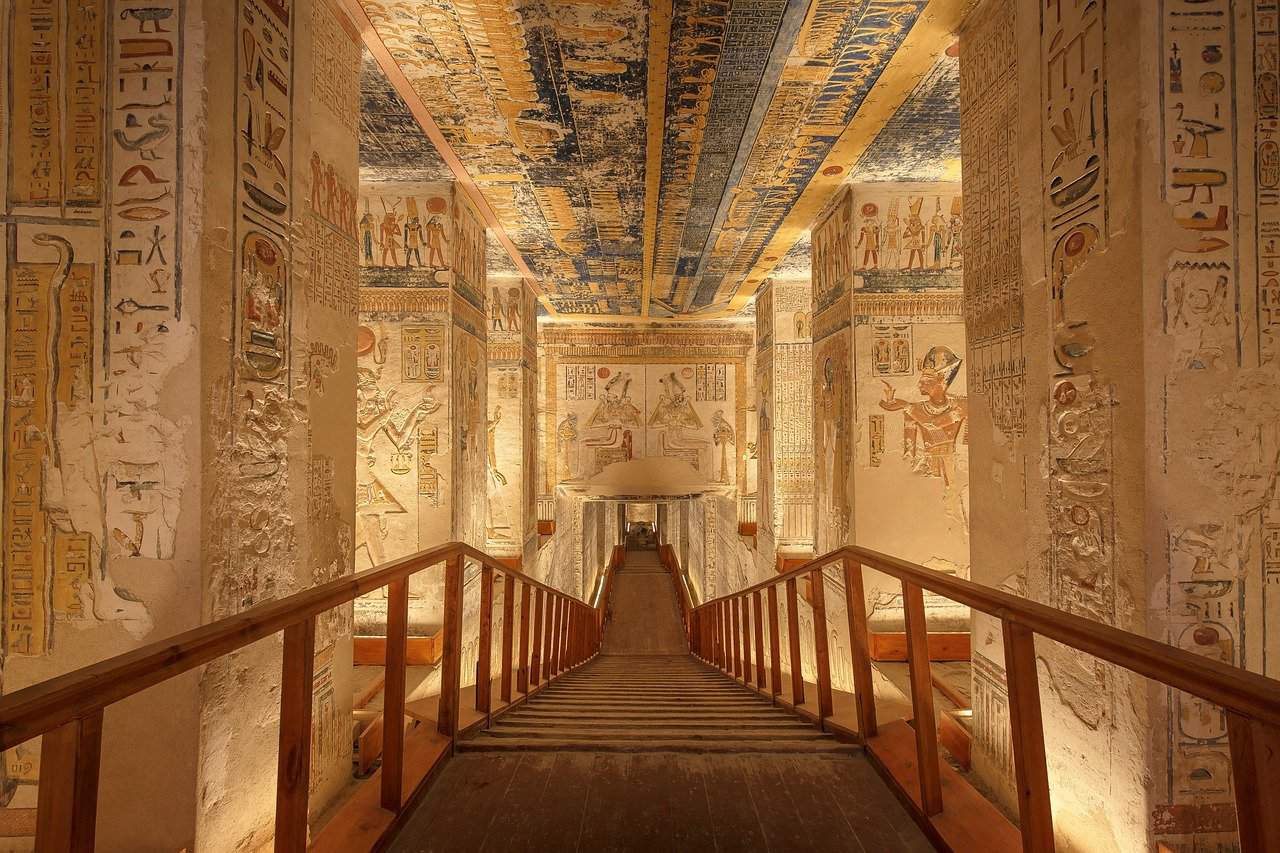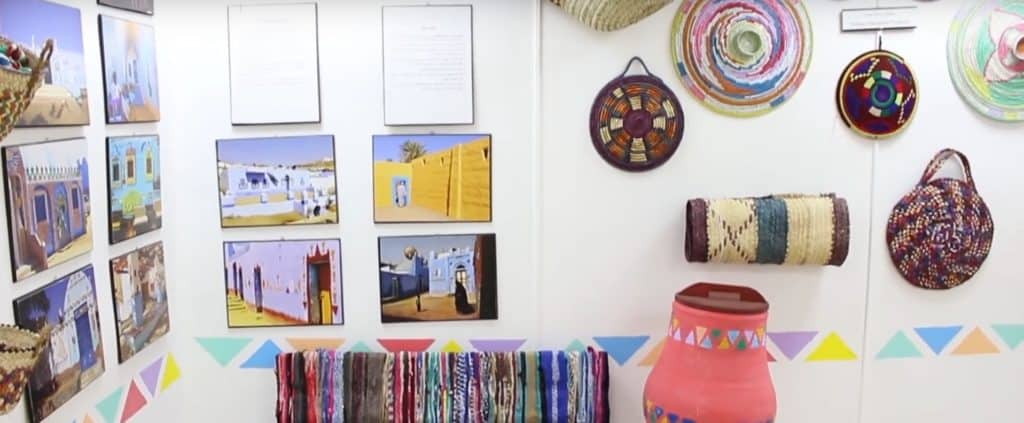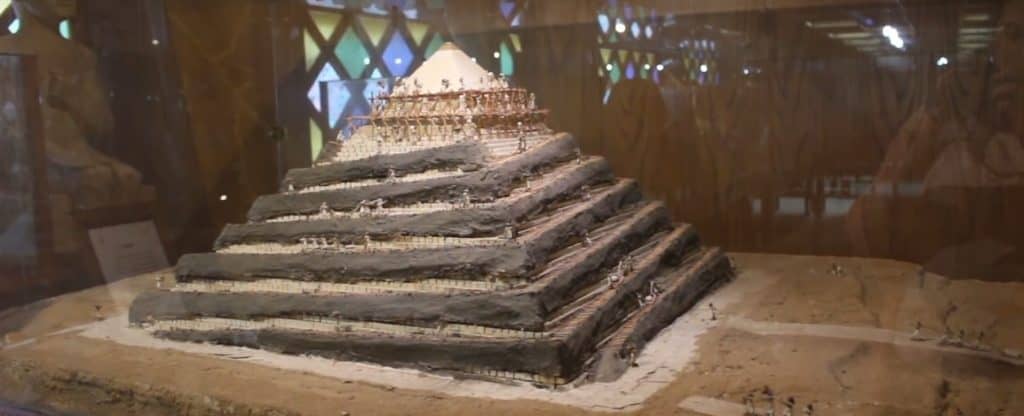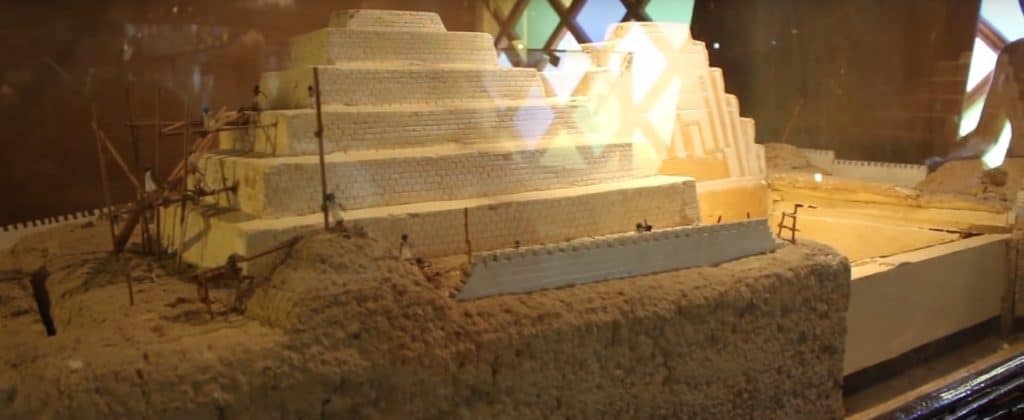Blast from the Past: The Fascinating Pharaonic Village in Giza, a Glimpse into the Lives of Ancient Egyptians

Updated On: March 09, 2024 by Dina Essawy
Egypt is truly the cradle of civilisation. You must have wondered at some point how people in ancient Egypt lived and prospered. You may also have wondered how they built one of the most powerful ancient civilisations known to man.
Thanks to the Pharaonic Village in Giza, Egypt, you can take a trip into the ancient past. There, you can witness that beautiful civilisation in the making.
As soon as you enter the Pharaonic Village, you will be thrust into a world of splendour, mystery, and beauty. Along the way, you will also learn some of the secrets of ancient Egypt. Secrets of how the ancient Egyptians lived their daily lives will be revealed. You will see how they fought their wars and destroyed any foreign invaders. Who thought that Egypt would be easy prey?
A Gateway to Ancient Egypt
Stepping into the Pharaonic Village is akin to entering a portal to the distant past. The meticulously reconstructed village transports visitors back to the time of the pharaohs, offering a comprehensive experience of ancient Egyptian life. From the bustling markets and artisan workshops to the grandeur of royal palaces and temples, every aspect of this ancient civilization is brought to life with remarkable authenticity.
Take the Journey…

As you walk in the door, you will easily find exact replicas of houses, fields, and monuments from ancient Egypt. You may go on a boat ride through the River Nile and watch the performers, dressed in the traditional garbs of ancient Egypt, walk and perform the exact tasks that were part and parcel of life in Egypt at the time.
Ancient Egyptians were known for their farming techniques. So, visitors will get to see that in action as the actors plough the land right in front of them. Visitors will also learn about the most famous ancient Egyptian gods and goddesses during the boat trip.
The gods include Isis, Horus, and Bis. Famous Pharaohs, such as Akhenaten and Ramses II, the longest-reigning king in ancient Egypt, are also featured. They will also find replicas of the Abu Simbel Temple.
Immersive Exhibits and Interactive Displays

One of the most striking features of the Pharaonic Village is its immersive exhibits and interactive displays. Visitors can engage with various aspects of ancient Egyptian life, from participating in traditional crafts and activities to witnessing live demonstrations of agricultural practices and artisanal techniques.
At the heart of the village lies a meticulously recreated royal palace, where visitors can explore the opulent chambers of pharaohs and queens. Elaborate murals, intricate carvings, and exquisite artefacts adorn the walls, offering a glimpse into the lavish lifestyles of Egypt’s ruling elite.
All about Egypt…
Ancient industries are not forgotten at the Pharaonic Village either, as the actors perform precisely how ancient Egyptians built their ships. As well as glassmaking, fishing, mummification, pottery, painting and carving, and sculpting. I also make alabaster, perfumes, weaponry, linen spinning, papyrus making, and winemaking.
They will also witness famous historical scenes, such as the story of Prophet Moses. Where his mother attempted to save his life by leaving him in a boat along the Nile. But not before ensuring he was discovered by the Pharaoh’s wife.
The Pharaonic Village is where one can become more educated and culturally aware of the beauty. Including that of the past and how it has led us to where we are today.
As the boat tour ends, the guide leads the visitors into another part of the village. Where they can explore exact replicas of ancient Egyptian houses and temples. There, they will learn more about the daily rituals performed by ancient Egyptians.
Interestingly, the Pharaonic Village is dedicated to ancient Egyptian history and features museums that showcase other aspects of Egypt’s long and outstanding history.
Exploring the Village
As visitors step into the Pharaonic Village, they are transported back over 3,000 years to the time of the pharaohs. The meticulously recreated village features authentic replicas of ancient Egyptian buildings, temples, and monuments, all set against the backdrop of the tranquil Nile River.
One of the village’s highlights is the bustling marketplace, where artisans and merchants ply their trade, selling goods ranging from pottery and jewellery to textiles and spices. Visitors can interact with costumed actors portraying everyday citizens, offering a glimpse into ancient Egyptian commerce and social dynamics.
The Pharaonic Village is More than You May Think…

In the Nubian Museum, visitors can become more acquainted with the history of the beautiful southern region of Egypt, which has a rich heritage and culture. The Coptic Museum showcases an integral part of Egyptian history intermingled with many other cultural aspects.
You may also visit the Boats Museum and the Pyramids Museum to learn more about the specifics of the development of shipbuilding in the country and the history of one of the ancient wonders of the world.
It does not stop there, however, as the Pharaonic Village delves into modern history by showcasing glimpses of the lives of Egypt’s current presidents, Anwar Sadat and Gamal Abdel Nasser.
In short, the Pharaonic Village is a must-see location for anyone interested in learning about Egypt, its history, culture, and fantastic heritage. It would help if you did not miss any of the Pharaonic Village’s beautiful and informative attractions, as it brings you thousands of years of history in one place.
Preserving the Past for Future Generations
Beyond its role as a tourist attraction, the Pharaonic Village plays a vital role in preserving Egypt’s cultural heritage for future generations. By showcasing the richness and diversity of ancient Egyptian civilization, the village helps to foster a sense of pride and identity among Egyptians. It promotes a greater understanding of their country’s history and legacy.
Moreover, the revenue generated from ticket sales and souvenir purchases supports ongoing archaeological research and conservation efforts. By investing in preserving ancient monuments and artefacts, the Pharaonic Village contributes to safeguarding Egypt’s cultural heritage for posterity.
Attractions Near the Pharaonic Village
In addition to the Pharaonic Village, the Giza area is rich with other attractions that offer further insight into Egypt’s ancient past and vibrant culture. Here are some notable sites and experiences nearby:
- The Great Sphinx and Pyramids of Giza: No visit to Giza would be complete without exploring the iconic pyramids and the enigmatic Sphinx. Marvel at the architectural feats of the Great Pyramid of Khufu, the Pyramid of Khafre, and the Pyramid of Menkaure, and ponder the mysteries surrounding the Sphinx, with its lion’s body and human head.
- The Solar Boat Museum: Located near the Great Pyramid of Khufu, the Solar Boat Museum houses the reconstructed funerary boat of Pharaoh Khufu. Visitors can admire the intricately crafted wooden vessel, which was buried alongside the pyramid over 4,500 years ago and was intended to transport the pharaoh’s soul to the afterlife.
- The Egyptian Museum: While not in Giza, Cairo’s Egyptian Museum is just a short distance away and home to one of the world’s most extensive collections of ancient Egyptian artefacts. Explore treasures such as the golden mask of Tutankhamun, royal mummies, and countless other relics that span Egypt’s long and illustrious history.
- Saqqara Necropolis: Just south of Giza lies the ancient necropolis of Saqqara, a UNESCO World Heritage Site and the burial ground of numerous pharaohs, including Djoser, whose Step Pyramid is one of the oldest stone structures in the world. Saqqara offers visitors a glimpse into the evolution of pyramid design and ancient Egyptian funerary practices.
- Memphis: Once the capital of ancient Egypt, Memphis is located near Saqqara and is home to the colossal statue of Ramesses II and numerous other relics from Egypt’s pharaonic past. Visitors can explore the open-air museum and marvel at the remnants of this once-great city.
- Nile River Cruises: A leisurely cruise along the Nile River offers a unique perspective on Egypt’s history and culture. From the comfort of a boat, visitors can admire the lush riverbanks, picturesque villages, and ancient temples that line the banks of the Nile, providing a tranquil contrast to the bustling streets of Cairo and Giza.
- Khan El Khalili Bazaar: To taste Cairo’s vibrant street life and bustling markets, a visit to Khan El Khalili is a must. This historic bazaar dates back to the 14th century and offers a labyrinth of narrow alleys lined with shops selling everything from spices and textiles to jewellery and souvenirs. Bargaining is expected, so be prepared to haggle for the best deals.
These attractions, combined with the Pharaonic Village, offer visitors a comprehensive and immersive experience of the wonders of ancient Egypt and the rich tapestry of its cultural heritage. Whether exploring ancient ruins, admiring priceless artefacts, or soaking in the vibrant atmosphere of Cairo’s markets, a visit to Giza promises to be a journey of discovery and wonder.
Conclusion
The Pharaonic Village in Giza is a testament to ancient Egypt’s enduring legacy. Its immersive exhibits, interactive displays, and commitment to historical accuracy offer visitors a unique opportunity to step back in time and experience the wonders of this extraordinary civilization.
As a living museum, the Pharaonic Village not only entertains and educates but also inspires a deeper appreciation for the cultural heritage of Egypt. Preserving the past and sharing it with the world ensures that the legacy of the pharaohs will continue to captivate and inspire future generations for years to come.
Have you ever visited the Pharaonic Village in Egypt? Let us know your experience in the comments below.
More amazing Egyptian Blogs from ConnollyCove: Cairo Tower Egypt | Egyptian Food – Cultures blended into one | Ultimate Egypt Vacation | North Coast Egypt






